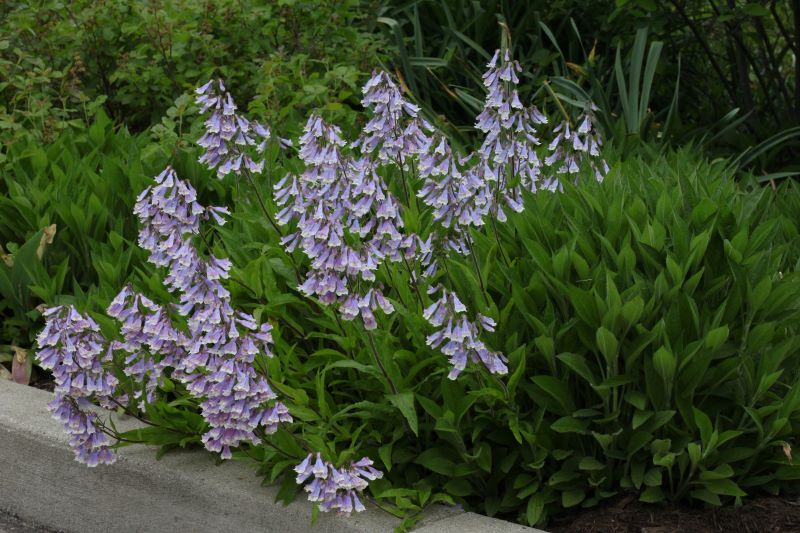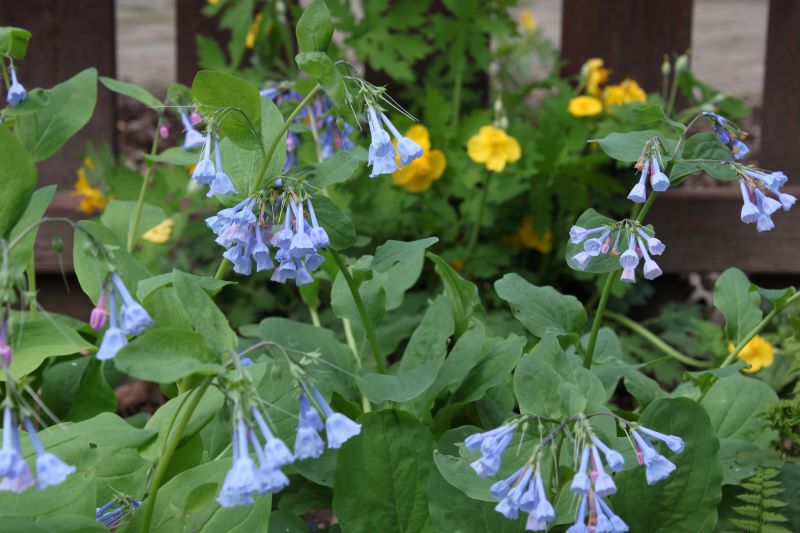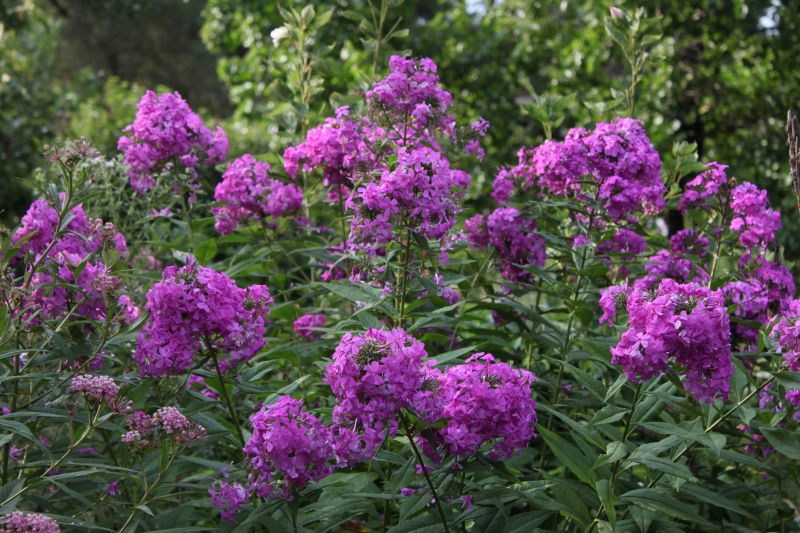…or, in other words, you want to become a native plant gardener. And you have already decided which one of the many preoccupations of your current life you will let go, so that you can make room for this exciting new activity. For you know that gardening will not succeed for you, if you just add it as another duty to an already very busy life. Here is how you can start.

Select a small piece of ground on your property that is adjacent to the wall of your house, or to a fence, or to a patio, or to another garden bed, or to a walkway or to the driveway – just not in the middle of your lawn with grass all around. A good size might be 5×10’ though it certainly doesn’t need to be rectangular. Kill the grass. There are 3 methods for doing this:
- Strip the turf off the ground with a shovel after a rain
- Spray it twice with glyphosate (Roundup) – the second time 10-14 days after the first spray; you can start planting the day after your second spray.
- Lay cardboard or ripped open yard waste bags on the grass and cover that with mulch (this method takes 8 weeks to kill the grass when started in spring or summer; it takes all winter when started in the fall).

While you wait to plant, seek out plant exchanges or plant sales by garden clubs etc. Try to befriend other gardeners who can give you plants that they have extra. A friend of mine once said: “Whoever has a garden, has a nursery.” And it is true: every gardener has plants to give away, and the plants listed below are common in local native plant gardens. Volunteer to help maintain a public native plant garden; you will learn to recognize plants and you will go home with free starts for your own garden. You do not need to buy all your plants with a fully established root system. Those roots will readily grow in your garden if you give them a good start. Take note how much sun your chosen flower bed gets after the trees leaf out. If your bed is mostly sunny, plant the following (listed in succession of bloom; T means 3-4’ tall, and these should go toward the back; S means 1-2’ tall, and these should go toward the front; numbers indicate the quantity of plants; if more than one is mentioned they should be grouped in a cluster):
- 1 eastern bluestar (T)
- 1 Small’s beardtongue (S)
- 1 Showy primrose (S)
- 1 clump meadow phlox (S)
- 5-7 smooth beardtongue (T)
- 1-3 lanceleaf coreopsis (S)
- 1 slender mountain mint (S-T)
- 1 butterfly milkweed (S)
- 1 garden phlox (T)
- 1 clump blackeyed susans (S)
- 1 clump mistflowers (S)
- 3 grey goldenrod (T)
- 1 aromatic aster (T)

If your flower bed is mostly shady, plant the following. Your shade garden will have lovely blooms in the spring, no blooms in the summer and a few blooms in the fall.
- 1 bloodroot (S
- 3 Virginia bluebells (S, not grouped in a cluster)
- 1 merrybells (S)
- 1 ragwort (S)
- 3 celandine poppies (S)
- 3 foam flowers (S)
- 3 Jacobs Ladder (S)
- 1 wild ginger (S)
- 3 false Solomon’s seal (T)
- 3 golden Alexander (S-T)
- 3 native columbines (S-T)
- 1 sensitive fern (S)
- 1 or 3 white wood asters (S)
- 1 snakeroot (T)
- 1 Short’s aster or heart-leaf aster (T)
After planting, water twice weekly for 3 weeks if it doesn’t rain; after that, water when the soil gets dry. During the first year, your plants will establish themselves and you have to be patient with them. The second year will be their best year. During the third year, your bed will change as seedlings from your plants germinate and you’ll have to decide which to keep and which to weed. This is when you start sharing plants with other gardeners. Observe your flower bed: how does it fill in? Are the colors pleasing? What spreads, what forms clumps, what mostly blooms on stalks (most spring wildflowers bloom close to the ground).

Above all observe yourself: Are you eagerly going out every other day to look at your bed, pull a weed or two, and watch the flowers open from bud to full bloom? Do the pollinators that come to your flowers actually interest you? How anxious do you get when a plant doesn’t seem to take off? When a plant dies, is that discouraging or can you see it as an invitation to find something different? Are you looking forward to expanding your bed? Are you going on garden tours, to the Arboretum, or to other public gardens to see how others approach this new hobby of yours? Do you visit garden centers to find out what else is available, leaf through catalogues or websites? Does your flower bed give you joy? If you feel good about spending time with your flower bed, you are on your way to becoming a gardener. If it feels like a burden, or if it is mostly irrelevant to your life, then this is probably not for you.
Beate Popkin
